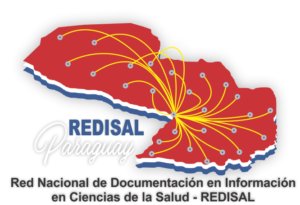Rev. Nac. (Itauguá); 9 (2), 2017
Año de publicación: 2017
Introducción:
las mascotas generalmente son reservorios y diseminadores de hongos causantes de tiñas en humanos.
Objetivo:
aislar e identificar hongos dermatofitos en el pelaje de gatos asintomáticos del área metropolitana de Asunción.
Materiales y métodos:
se incluyeron 68 gatos asintomáticos del área metropolitana de Asunción, cuyas edades estaban entre 1 mes y 14 años. Las muestras de pelos fueron obtenidas por el método del tapete de Mariat y Tapia, se cultivaron en Agar Sabouraud con cloramfenicol y cicloheximida (agar Mycosel) y se incubaron 21 días a 28 ºC. La identificación se basó en las características macroscópicas y microscópicas de las colonias.
Resultados:
se aislaron hongos dermatofitos en 13 gatos: 10 (14,7%) tenían Microsporum canis y 3 (4,4%) Microsporum gypseum. No se encontró diferencias significativas en cuanto a la presencia del hongo y las variables sexo, edad, hábitat y contacto con otros animales.
Conclusión:
en gatos de Asunción se aislaron Microsporun canis (14,7%) y Microscporum gypseum (4,4%).
Introduction:
pets are generally reservoirs and disseminators of fungi causing “tinea” in humans.
Objective:
to isolate and identify dermatophyte fungi in hair of asymptomatic cats of the metropolitan area of Asunción.
Materials and methods:
68 asymptomatic cats were included from the metropolitan area of Asunción, whose ages were between 1 month and 14 years. The hair samples were obtained by the Mariat and Tapia mat method, they were cultivated in Sabouraud Agar with chloramphenicol and cycloheximide (Mycosel agar) and incubated 21 days at 28 ºC. The identification was based on the macroscopic and microscopic characteristics of the colonies.
Results:
dermatophyte fungi were isolated in 13 cats: 10 (14.7%) had Microsporum canis and 3 (4.4%) Microsporum gypseum. No significant differences were found regarding the presence of the fungus and the variables sex, age, habitat and contact with other animals.
Conclusion:
Microsporum canis (14.7%) and Microscporum gypseum (4.4%) were isolated of Asunción cats.


